Fleet inspections have the potential to reduce accidents and safety incidents while saving on costs, but that’s only if they’re done regularly and efficiently. Many traditional inspection processes rely on paperwork and manually going over each vehicle and its parts, which, when there are a lot of vehicles in a fleet, can be time-consuming and make the process prone to error.
In this arena, the integration of new artificial intelligence (AI) can transform fleet inspections by streamlining processes, turning manual tasks into automated procedures, and anticipating maintenance needs ahead of time. By analyzing vast datasets in real-time, AI can be more proactive when it comes to vehicle maintenance, ensuring safety for drivers and cost-savings for organizations.
In this blog post, we’ll look closer at the ins and outs of fleet inspections and at how AI is ushering in a new era of intelligent inspection procedures.
Understanding Fleet Inspections
A fleet inspection is a way for companies to evaluate the safety of all their vehicles to ensure they continue operating effectively, remain compliant with regulations, and meet maintenance standards. Essentially, ongoing fleet inspections are put in place to help organizations cut down on downtime and repair costs while verifying that each individual vehicle is up to spec. Ideally, inspections are done proactively so that potential issues can be caught before they become concrete problems.
There are different types of fleet inspections, for example:
- Daily pre-trip and post-trip inspections are performed by a driver or inspection at the start and end of every shift to look for signs of visible damage or anything that can affect fleet safety
- Preventative maintenance inspections involve a routine check-up every 5,000 km or so and look for obvious signs of wear and tear that need to be addressed immediately, like oil changes, tire tread, cooling system maintenance, and more
- Routine inspections every few months or between 10,000 to 20,000 km aim to replace worn pieces like hoses and filters while checking other essential components like the engine and breaks
- Corrective inspections should take place around twice a year and look at everything from previous inspections while also repairing or entirely replacing any components that show signs of significant wear and tear
Of course, depending on how frequently your fleet is used, what your company transports, and the regulations you need to follow, there may be other types of inspections to comply with, such as DOT inspections.
5 Fleet Inspection Best Practices
Daily, random, or even routine inspections alone aren’t enough to ensure your fleet’s safety and prevent problems from arising. To make the most of your inspections, you need to ensure you have a few best practices in place.
1. Schedule Inspections Regularly
You shouldn’t wait until a vehicle already has an issue to do an inspection. Depending on how many types of inspections your company needs to perform, make sure they’re on a schedule so you never miss an inspection and they’re done at regular intervals. A fleet management platform will help remind you when your next inspection is due so that you don’t skip one.
2. Comprehensive Fleet Vehicle Inspection Checklist
Create a fleet inspection checklist for each inspection you need to do, such as pre-trip, random inspections, or routine ones. This will help you ensure you’ve checked every component that needs to be inspected so nothing is left behind. A fleet vehicle inspection checklist should include several steps, such as checking, testing, and replacing parts and filling up liquids.
3. Timely Inspection Follow-ups
The point of inspections is to pinpoint potential issues. However, if no one is following up on the information collected during an inspection, then problems can still arise. Data must be collected accurately during an inspection so that it can later on be used to make repairs, track known issues, and keep drivers aware of potential vehicle maintenance matters.
4. Proper Inspector Training
Whether a driver is performing a pre or post-trip inspection, or an inspector is doing a full routine checkup, they need to be properly trained on what to look for, how to report concerns, and how to collect data. This training needs to be ongoing as regulations evolve and to keep inspectors and drivers constantly alert and aware since human error can account for a significant portion of accidents or safety incidents.
5. Use Data to Improve Inspection Tracking
Checking procedures or inspected components off a list will only get you so far. To be able to better predict when maintenance will be needed on each vehicle, your company needs to collect and analyze data on each inspection. This can be done with fleet management software or with an AI tool that helps you easily capture large amounts of data and analyze it based on patterns and trends.
The Role of AI in Fleet Inspections
AI plays a critical role in the future of fleet inspections as it’s changing the way inspections are carried out, making them more reliable and cost-efficient. AI brings with it many advantages that contribute to streamlining and optimizing various inspection practices. Here’s how AI is used today in fleet inspections:
- Predictive maintenance: AI can analyze historical data and sensor metrics to predict potential issues, proactively warning key players ahead of time to help minimize breakdowns and downtime.
- Real-time monitoring: AI technologies can help monitor all the vehicles in a fleet and trigger alerts when there’s a deviation, such as a component not working correctly
- Cost reduction: By turning to AI platforms for inspections, companies can cut down on overall fleet inspection costs by anticipating repairs instead of handling surprises, ensuring vehicles run more efficiently, and avoiding operational downtime
- Data analytics: AI can extract accurate and valuable information from inspection data and maintenance records to better identify trends and build a comprehensive maintenance schedule and checklist
- Compliance management: With an AI platform that’s always keeping track of local regulations in real-time, organizations can ensure they remain compliant with current safety standards
AI in Action: Long Beach Fleet Services Optimizes Inspections
To better understand how AI can affect fleet maintenance, let’s take a look at how it works in action. An asset management company, AssetWorks, launched a new AI predictive maintenance product and partnered with the city of Long Beach, California to test its new technology on 600 vehicles.
The technology helped the Long Beach fleet manager avoid data overload and focus on the information that mattered most. Additionally, downtime was significantly reduced since the AI platform ranked issues that came up during inspections from minor to critical and helped technicians cut down on diagnostic time since they already had an idea of what was wrong.
The results of a case study showed just how well using AI worked for the city’s fleet management operations: thanks to more efficient resource allocation, minimized downtime, and better cost assessment strategies, Long Beach saw $809,500 in annual cost savings.
aiOla: Driving Fleet Inspection Efficiency
aiOla is an AI-driven speech platform that turns words into actions. Using a patented combination of ASR and NLU technology, aiOla can understand speech, including industry jargon, and use that to make fleet workflows like inspections safer, more reliable, and more time efficient.
Using solely the power of speech, drivers and inspectors can complete an inspection visually without relying on paper or digital checklists to keep track of various vehicle components. Just by speaking, an inspection can be completed, and aiOla can use the speech data to trigger actions, like immediately notifying mechanics of issues, and gathering data that can be used to predict maintenance schedules.
aiOla understands over 100 different languages including accents, dialects, and unique industry jargon, and it can also operate accurately in any acoustic environment, making it ideal for fleet management companies. A leading global shipping courier using aiOla to cut down on truck inspection time saw incredible results from our platform:
- aiOla helped the company increase time savings by 85%, reducing inspection time per vehicle from 15 minutes to only 60 seconds
- The courier company saw a 90% reduction in paper-based processes
- There was a 70% decrease in safety incidents
Thanks to aiOla, this fleet management company was able to streamline inspections, reduce downtime, and keep more trucks and drivers on the road. All this was done using only the power of speech, meaning there was no disruptive or complicated onboarding experience for drivers and employees.
Streamlining Inspections with Speech
The addition of AI platforms to fleet management companies has had a tremendous impact on inspection processes. Not only are the inspections themselves more streamlined, but the workflow results speak for themselves: after using AI in the inspection processes, work is found to be safer and productivity increases.
With aiOla’s speech-based platform, fleet inspections can be cut down to mere seconds, making a significant difference in fleets of hundreds of vehicles or spread over multiple locations.
Book a demo with one of our experts to see how aiOla can help your fleet management company turn speech into action.
FAQs
How does AI improve the accuracy of fleet inspections?
Are AI-driven fleet inspections more costly than traditional methods?
Can small fleet operators benefit from AI in their inspection processes?
How does AI help in predictive maintenance of fleets?
What are the training requirements for staff in AI-enhanced fleet inspections?








